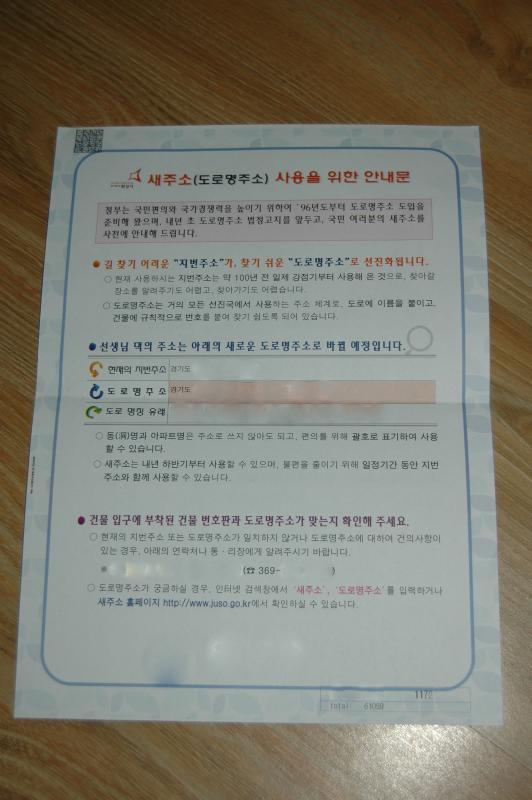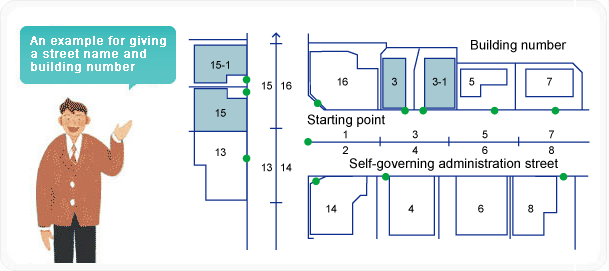Korea is advanced in more ways than I can count. Fast internet, great public transportation, and so on. One area where the country has been a laggard is their address system, which has been stuck in the early 20th century. The concept of 도 (do, or province), 구 (gu, or district), and 동 (dong, or neighborhood) have served Korea well for decades, to a point. The problem is that last number – the number that indicates a specific building within the neighborhood. The numbers were assigned chronologically, not necessarily based on any sort of reality. Thus, building 34 may have building 68 on one side and building 3 on the other!
The system as Koreans know it was essentially forced on Koreans after the Japanese annexed the country. The land-lot numbers may have worked in 20th century Korea, but with new buildings sprouting up faster than anyone can keep up, the system makes it all but impossible to find a given place. When locals can’t find a local place, you know there’s a problem.
That’s beginning to change. Way back in 1997, a law was passed to indicate addresses based on street names. As you might guess, it’s a huge project, one that’s mostly been done behind the scenes for quite some time. If you like, check out the project status and progress timeline, or just enjoy seeing an example of what you might be seeing in your mailbox:
Along with everyone else in the area I live in, I received a nice letter explaining that the address system – and our addresses – would be changing. Since I’d rather not share my exact address with the world, I’ve blurred out all the parts that would give you a hint. Sorry, readers – I love you and all, but like the TSA pat-downs, that’s just a little too personal for my taste.
The orange arrow indicates the 현재의 지번 주소 (the current address under the lot-number system), while the blue arrow displays the 도로명주소 (the ‘street address’ address). The green arrow indicates the 도로명칭유래, or the origin of the road name. Although there’s been a lot of money spent on new street signs in many areas of Korea, a completely new system is bound to cause a bit of confusion. My street’s name came from the two areas it connected, so no big surprise or worry there.
Suffice it to say that the new system is similar in nature to the Western world: the province and district as before, followed by a street name and a number based on geographic location. In other words, similar to how addresses are elsewhere in the world:
Photo credit: juso.go.kr – the Ministry of Public Adminstration’s website setup for the address change.
Odd numbers on the left, even numbers on the right.
After reviewing the website setup for the address change, the biggest question that remains unanswered is when things will begin to change. Presumably, one could start using the new addresses now, although both the old and new addresses will definitely exist side-by-side for a long time. Much like the Revised Romanization of the Korean language brought change in virtually every aspect of life, it’ll take awhile for these changes to trickle down. The aforementioned Project Status and Progress page indicates that we’ll see the address system ‘settle’ sometime in 2011, and ‘stabilizing’ sometime with step three in 2012. In other words, don’t freak out – things aren’t going to change overnight.
For now, it looks like an entire Wikipedia page will need to be rewritten. If you like, check out the address search / Google Maps-like map available on the site. It’s not as smooth as Google Maps, but it’s probably the only place that will have the new style of address in English for the time being.
Readers in Korea: did you receive a letter like this in your mailbox? Any thoughts or concerns?


